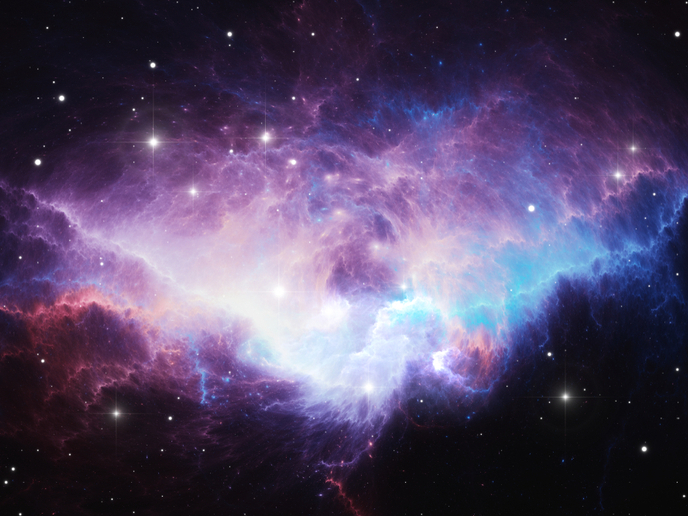New analytical model could shed more light on star and dark matter distribution in galaxies
Near-future cosmological surveys are expected to detect billions of galaxies, pinpointing their locations and shapes with incredible accuracy. These measurements can be used to infer how the universe has evolved and has been brought to its current state. In turn, this information can be used to infer the fundamental constituents of the cosmos and potentially allow new insights into the mysterious dark energy and dark matter that make up the vast majority of the mass in the universe. “To elicit meaningful information from galaxy properties for dark matter requires sound theoretical understanding of the reverse process: how do different theoretical models of dark matter and dark energy affect cosmological structure formation(opens in new window), and therefore, galaxy properties?” says Alexander Mead, coordinator of Halo modelling, a project funded under the Marie Skłodowska-Curie Actions programme.
Improved cosmological halo model
A straightforward way to probe structure formation is to run cosmological simulations that involve exhaustive brute force attacks for every cosmological scenario imagined. The Halo modelling project developed new theoretical tools that save millions of hours of computing time. “Our newly developed semi-analytical model brings several improvements to the long-established halo model by merging insight from state-of-the-art simulation results. For the first time, it treats the halo constituent parts – stellar, hot gas and dark matter halos – as separate, thereby drawing a more consistent picture of galaxy evolution. It also allows us to use the same underlying theoretical framework to calculate cross-correlations between different tracers of large-scale structures in the universe,” explains Mead. Another part of research was geared towards providing a more accurate description of how gravitationally bound clumps of matter are distributed on the tenuous gas halo and invisible dark matter halo. With their new model, researchers succeeded in modelling matter distribution with accuracy greater than 3 % for a wide range of cosmological models. The new model fed into new open-source software called HMcode-2020(opens in new window). Ultimately, researchers realised that a serious shortcoming in the standard cosmological structure-formation theory is that it treats the halo bias – a quantity that reflects how dark matter haloes are clustered compared to the underlying matter distribution – in a simplistic way. “Linear relationships err in describing the dynamics around collapsed structures. Further developing the perturbation theory to deal with non-linearities is at the cutting edge of theoretical cosmology,” adds Mead. “Improved simulations could render a clearer picture of how galaxy formation responds to the background cosmological model, including the amount and types of dark energy and dark matter, but simulating all weird and wonderful cosmological scenarios under consideration would be impossible. A semi-analytical model that bridges the gap between pure theoretical insight and simulation results will always be an invaluable tool in the arsenal of cosmologists,” concludes Mead.







